Returning to Palestine is an ongoing collaboration between Lorain Khalil Rihan and Dr. Jess Ghannam. In March 2002, Jess visited the United Nations Relief Works Agency’s archives in Gaza. With consent, he acquired a collection of 124 black and white photographic prints from the UNRWA Headquarters Public Information Office and brought them back with him. The photographs were captured between 1948 - 1997.
We have digitized each of the images from the collection and have physically preserved each one. Some of the images are painful. Others are incredibly romantic scenes that capture the mundane in a way that does not require us Palestinians to center our resiliency. This page serves as a digital platform created to share some of those documents from the collection.
Over the past 3 years we have been in conversation about the guardianship of the content, and the responsibility that those of us in forced exile hold with media production, consumption and dissemination. These conversations helped us identify 64 photographs from the collection to share through this space. The photographs that we chose to exclude from this platform showcase evidence of zionist colonial violence, and we felt it to be egregious to display our community’s trauma. There are a few photographs in this curated collection that reveal rubble and damaged buildings. However, we have chosen not to share images of the dead and images of those who are mourning their loved ones. Photography is a powerful tool for documentation and storytelling— the images that we are choosing to omit have undeniably helped expose the atrocities of the zionist regime. Our intention is to explore how these images can act as visual blueprint as we journey towards collective healing and a liberated Palestine.
Returning to Palestine transcends the physical return to land. It is a dream that also restores a relationship to a time and a space that predates colonization. The images in this collection are curated with this consciousness. The “space” tab presents images based on the geography and the “time” tab organizes images by the decade they were captured in. The same images can be accessed in both categories. We relied on the narrative provided on the back of each photograph to determine this categorization. Image identification and descriptions will be provided soon.
Lastly, UNRWA has undergone massive efforts to archive historical documents created throughout the decades, and they have digitized over 10,000 prints. Many of the images shared here are recorded in UNRWA’s digital archive. We are specifically focusing on the media we have within our physical possession and we do not own these images or this content.
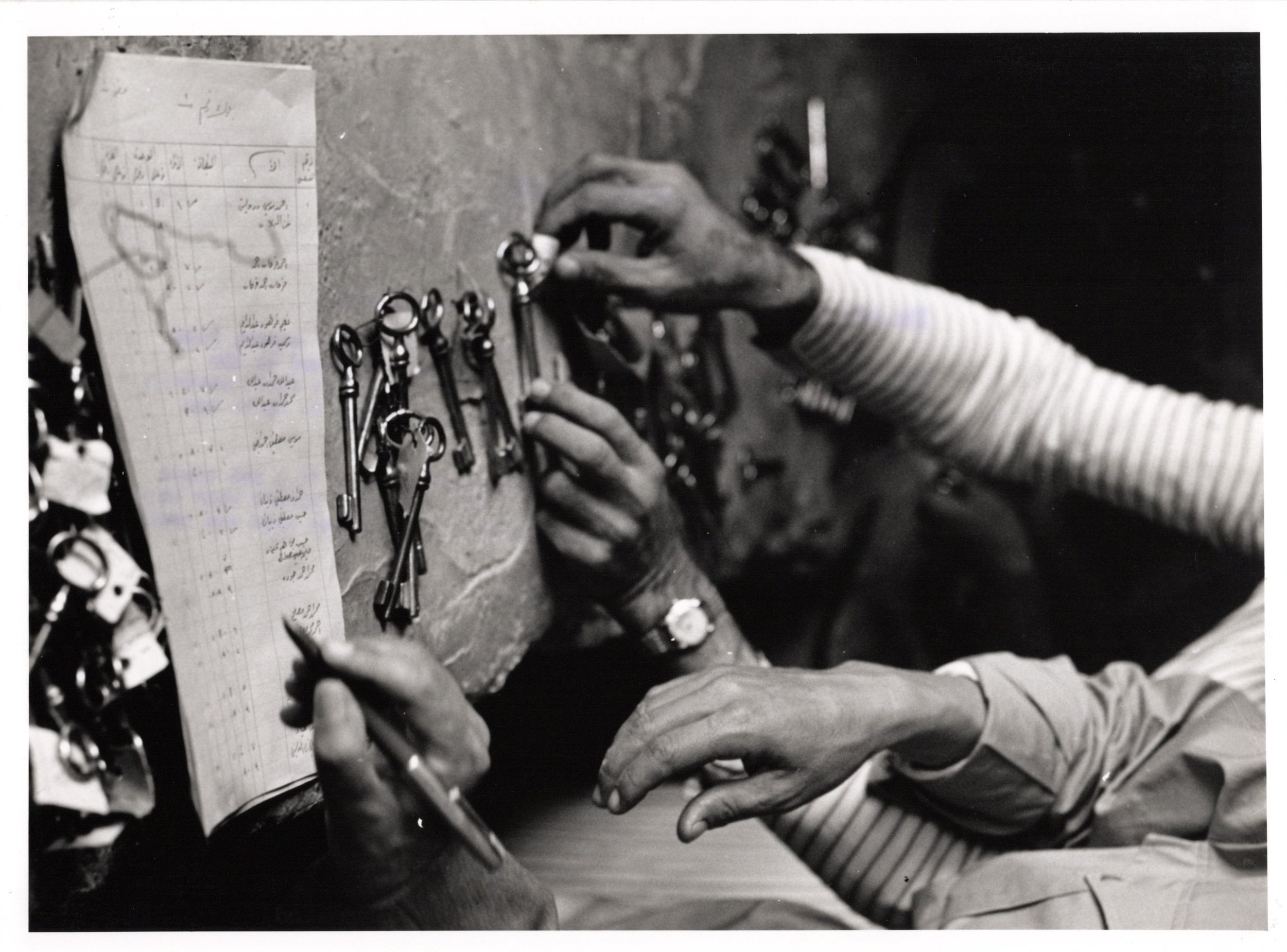



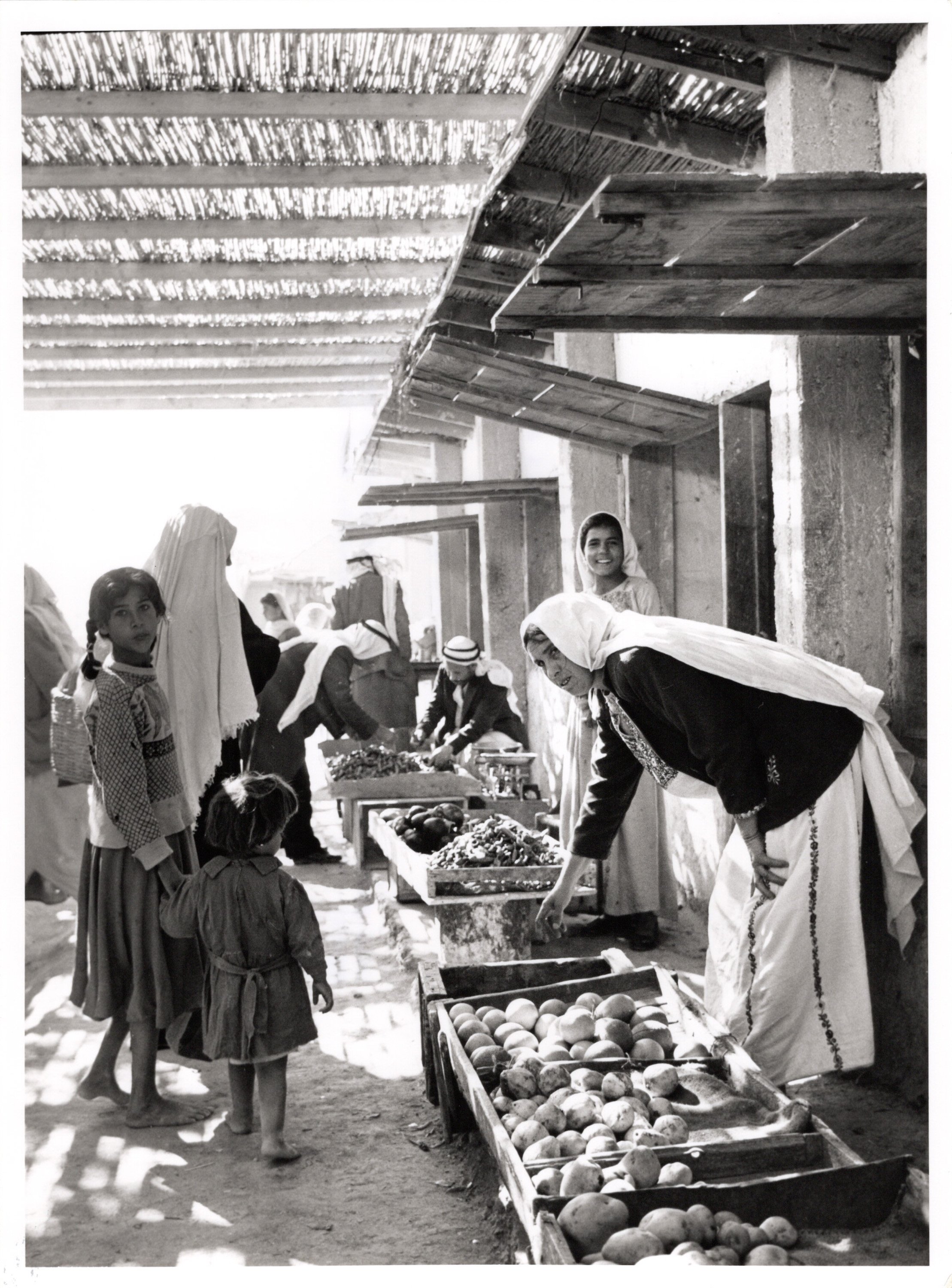



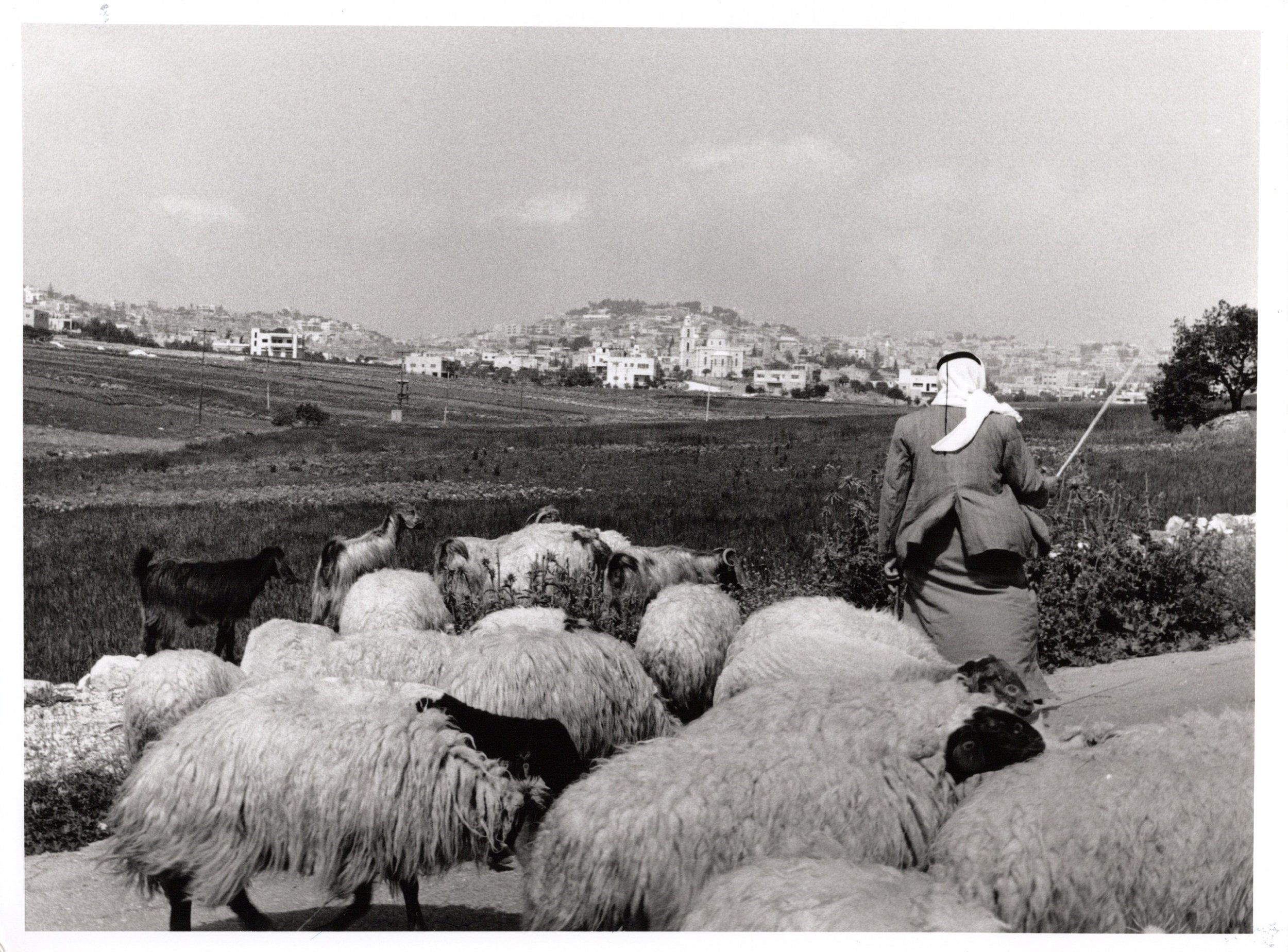
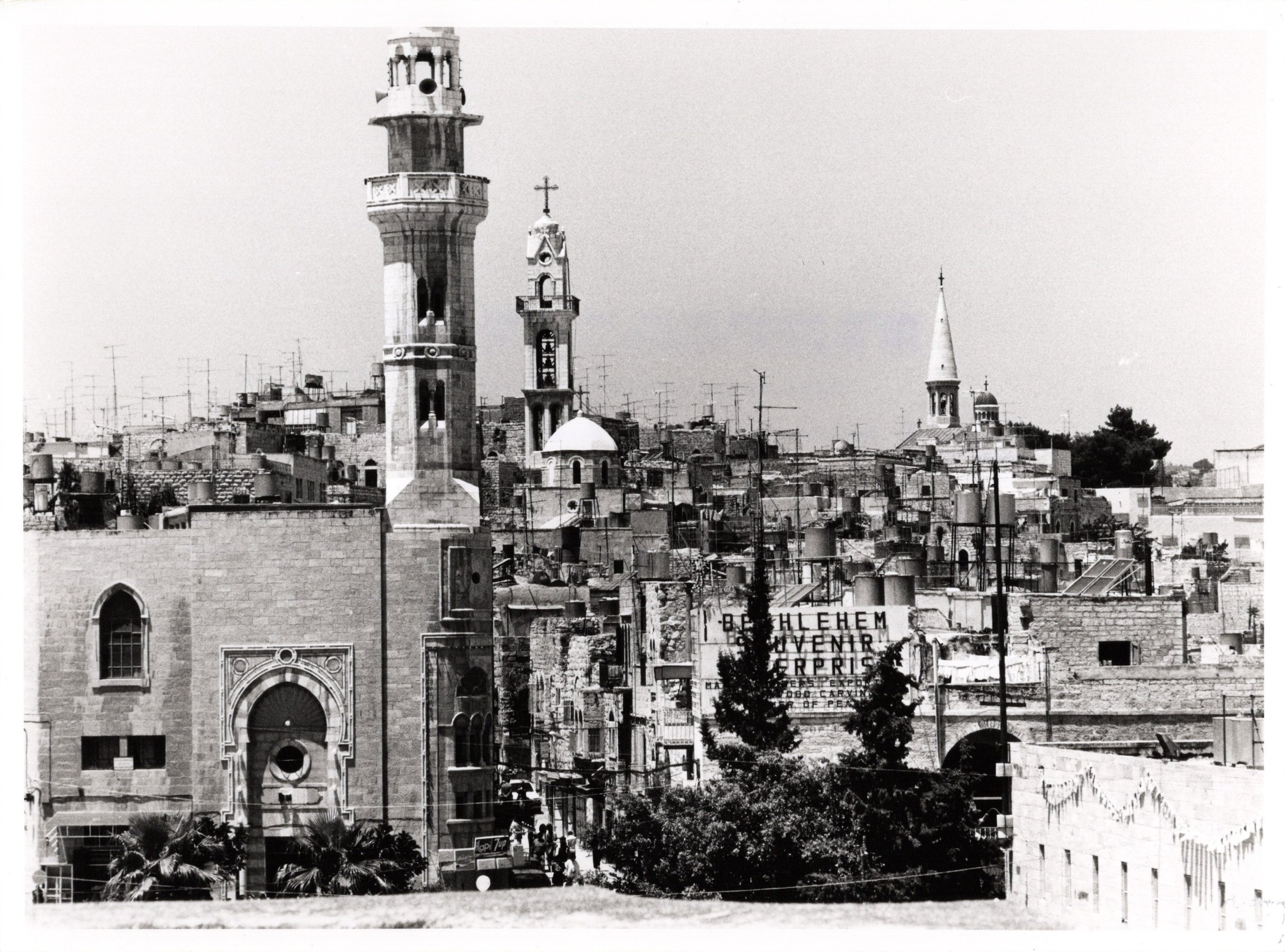



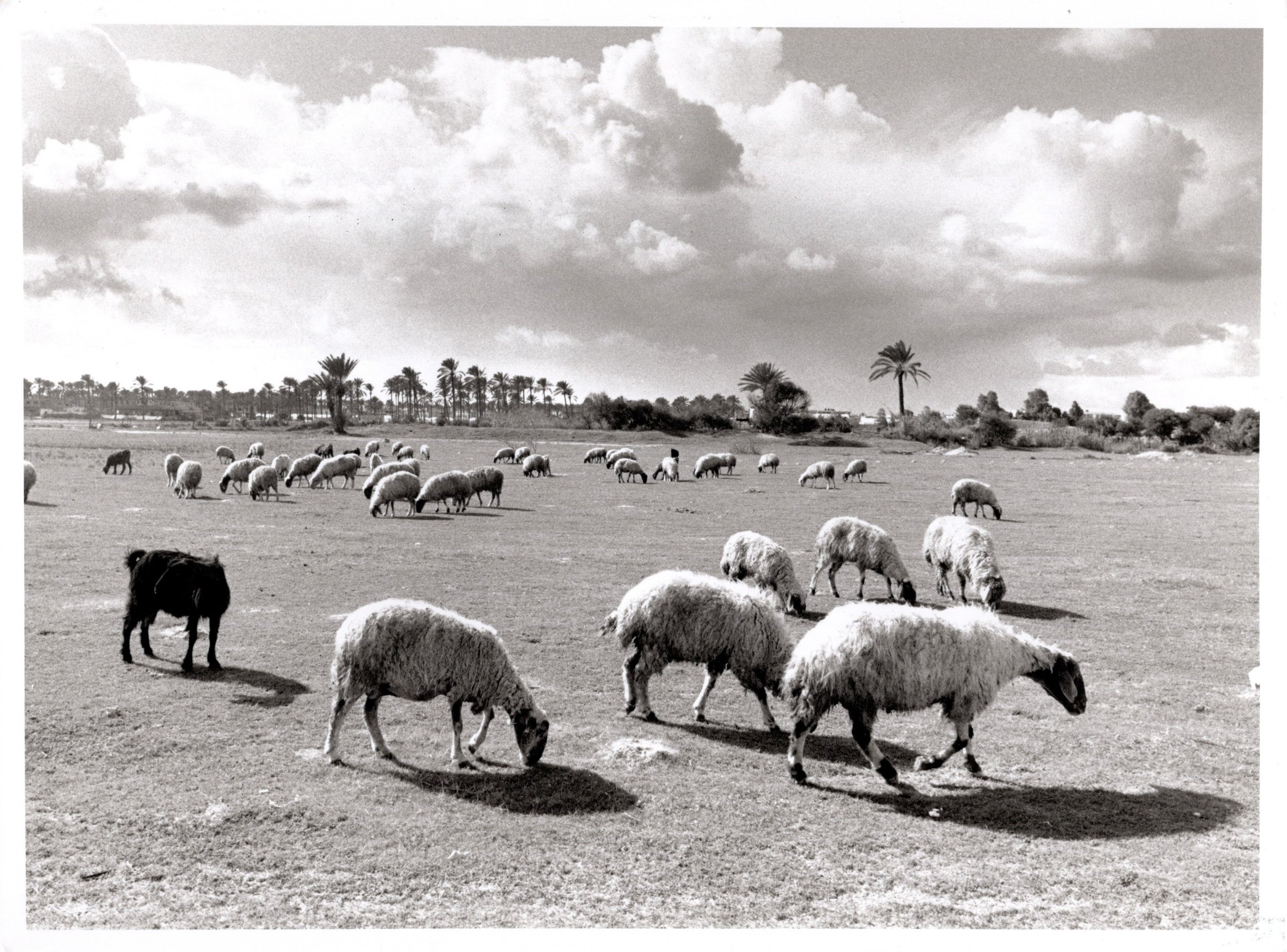

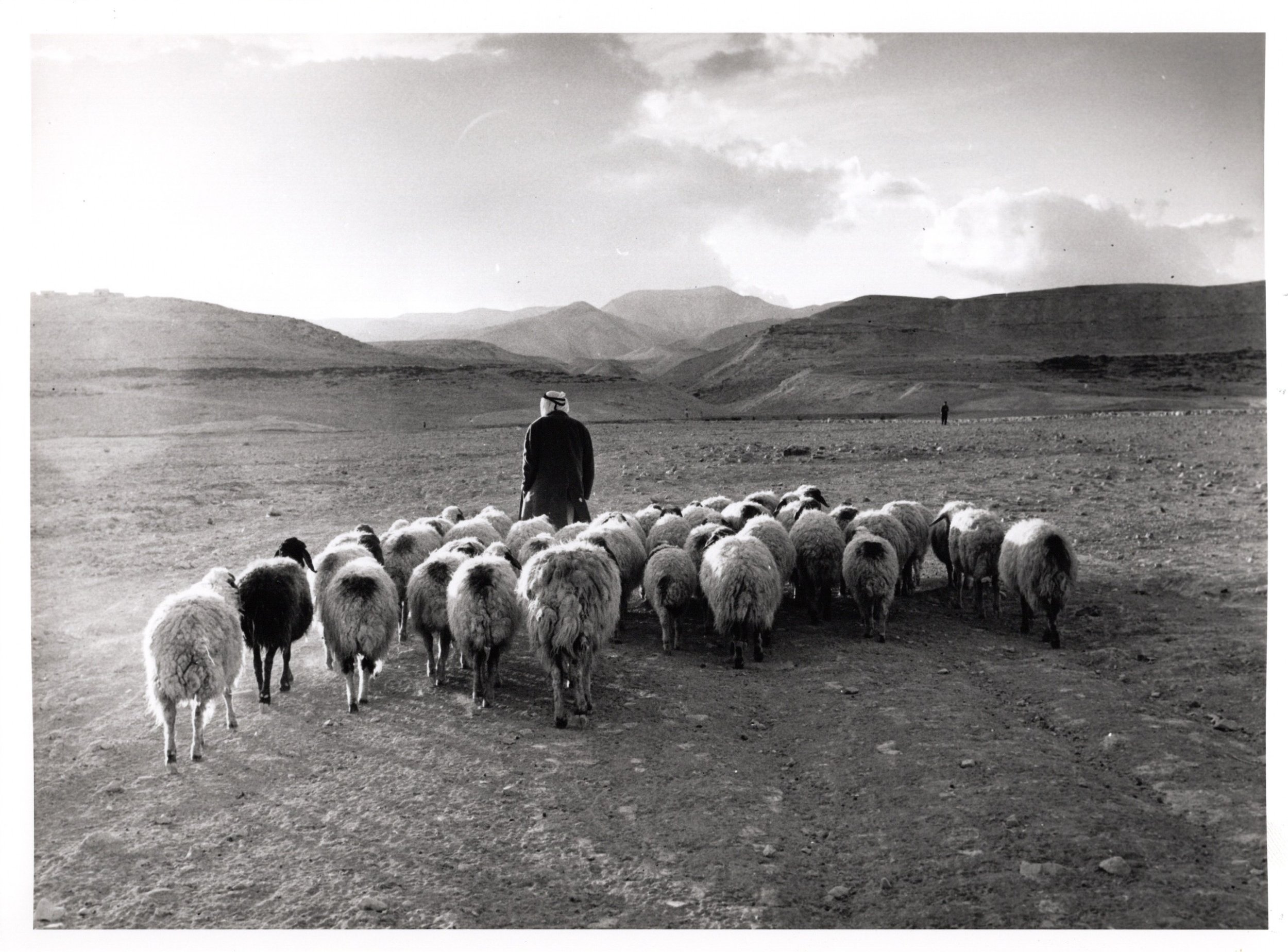
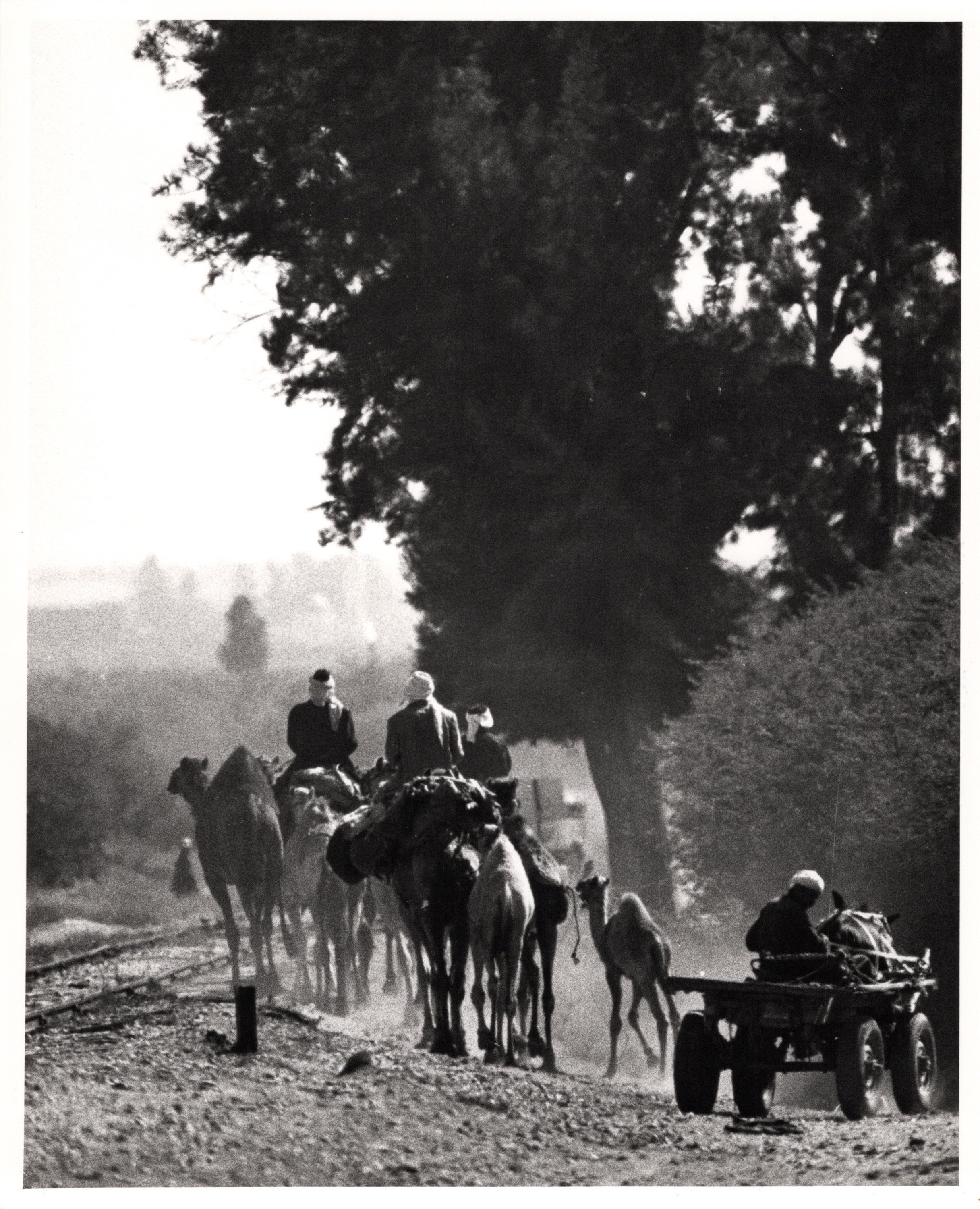

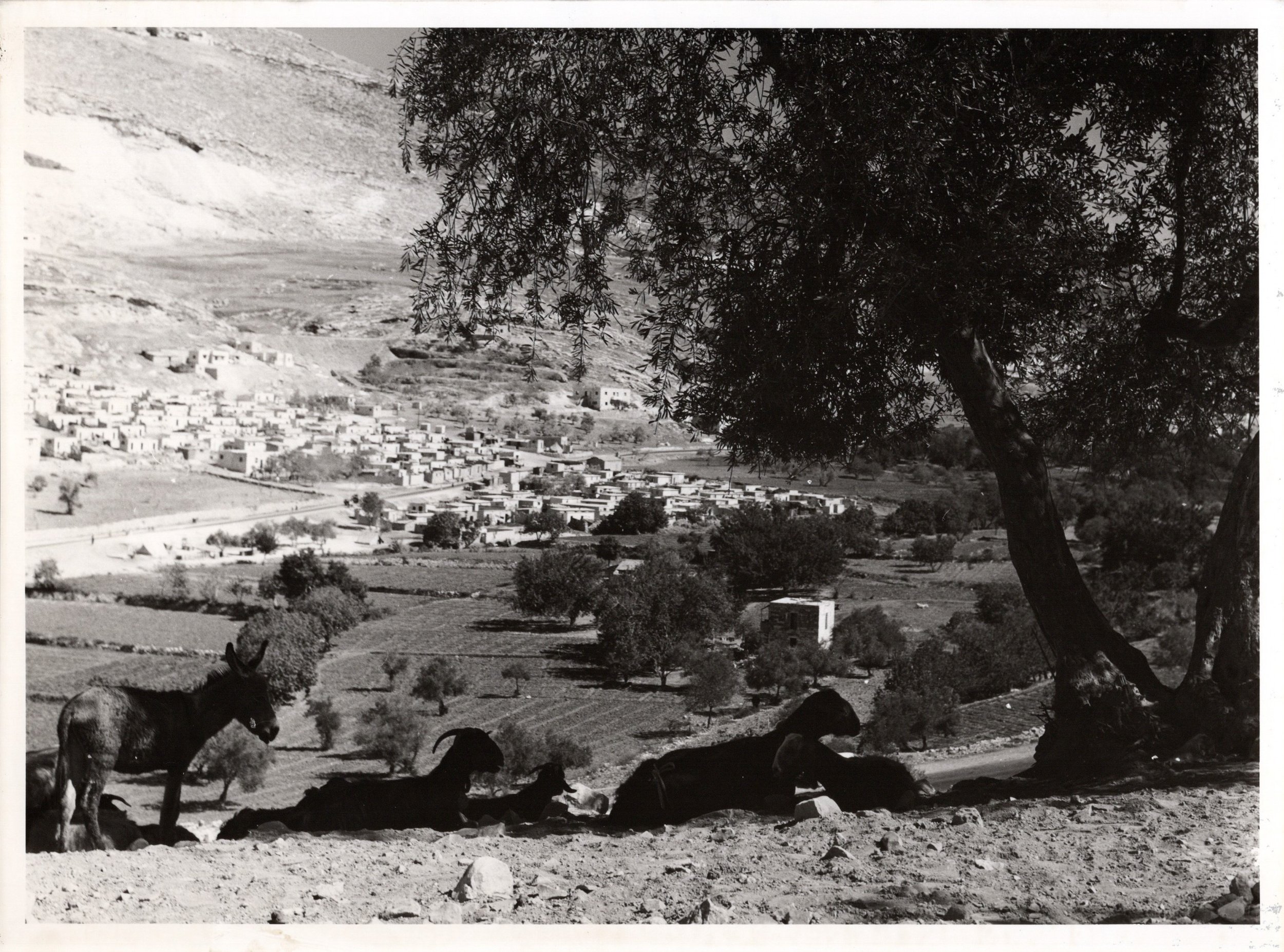

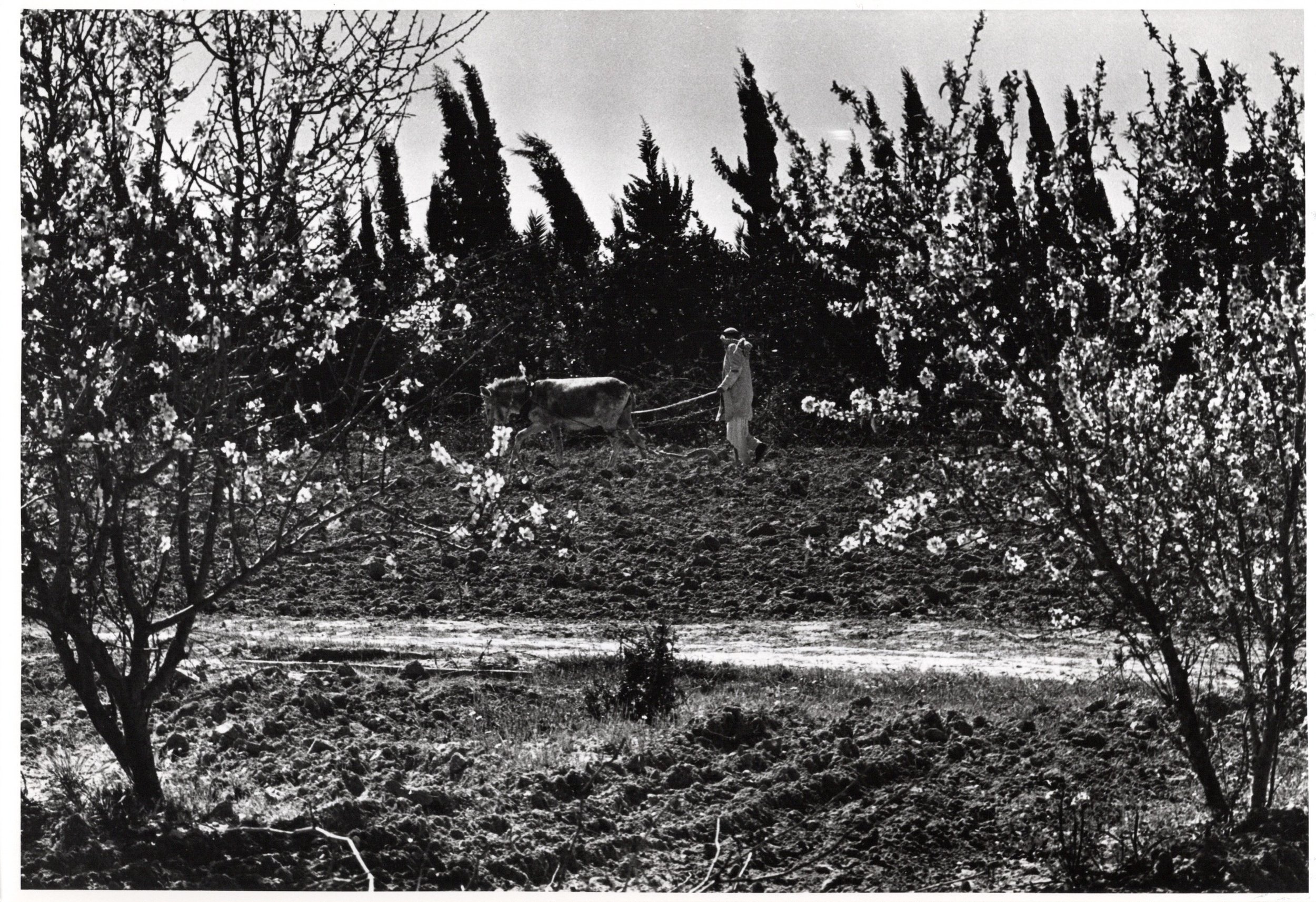

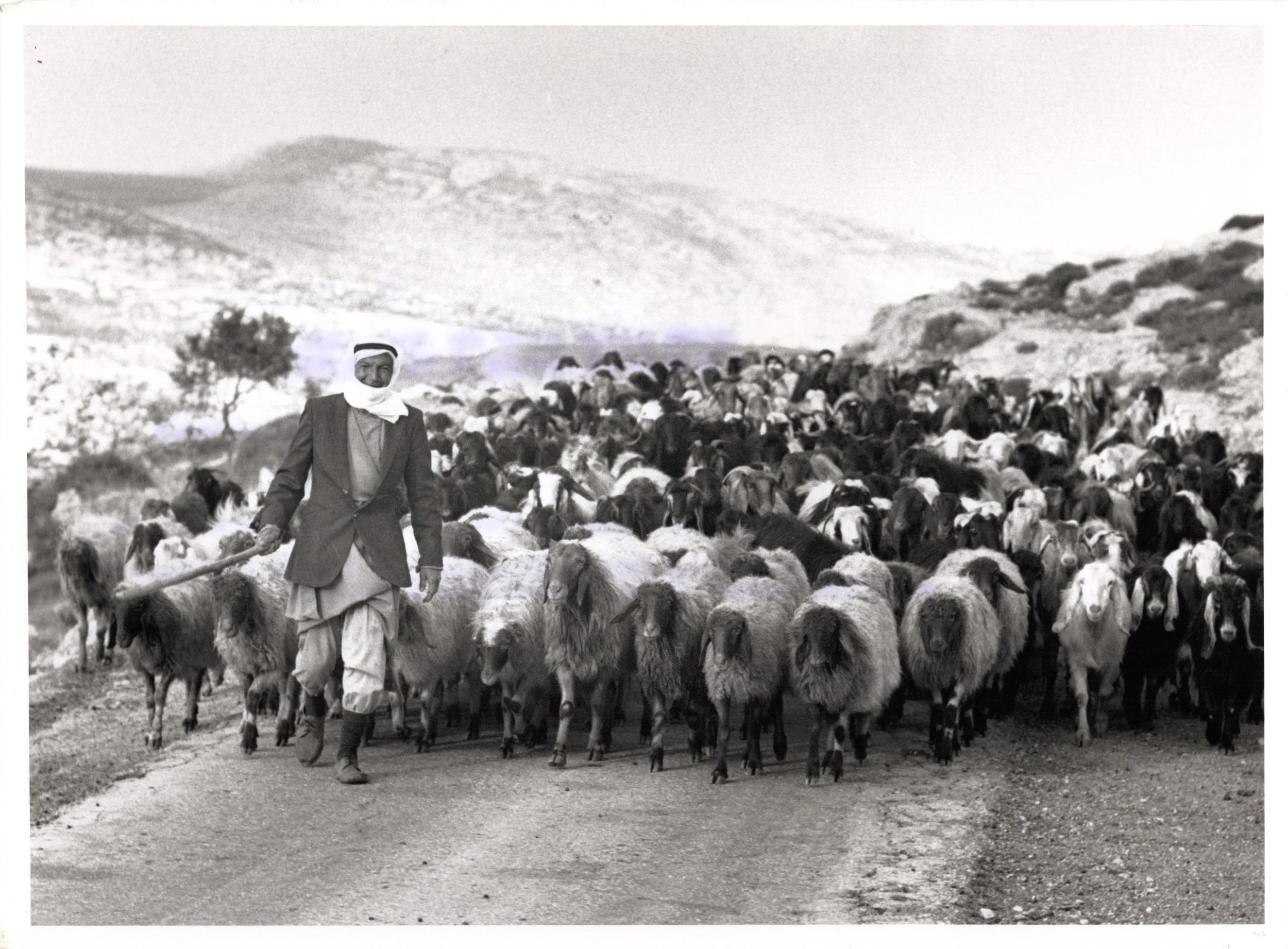

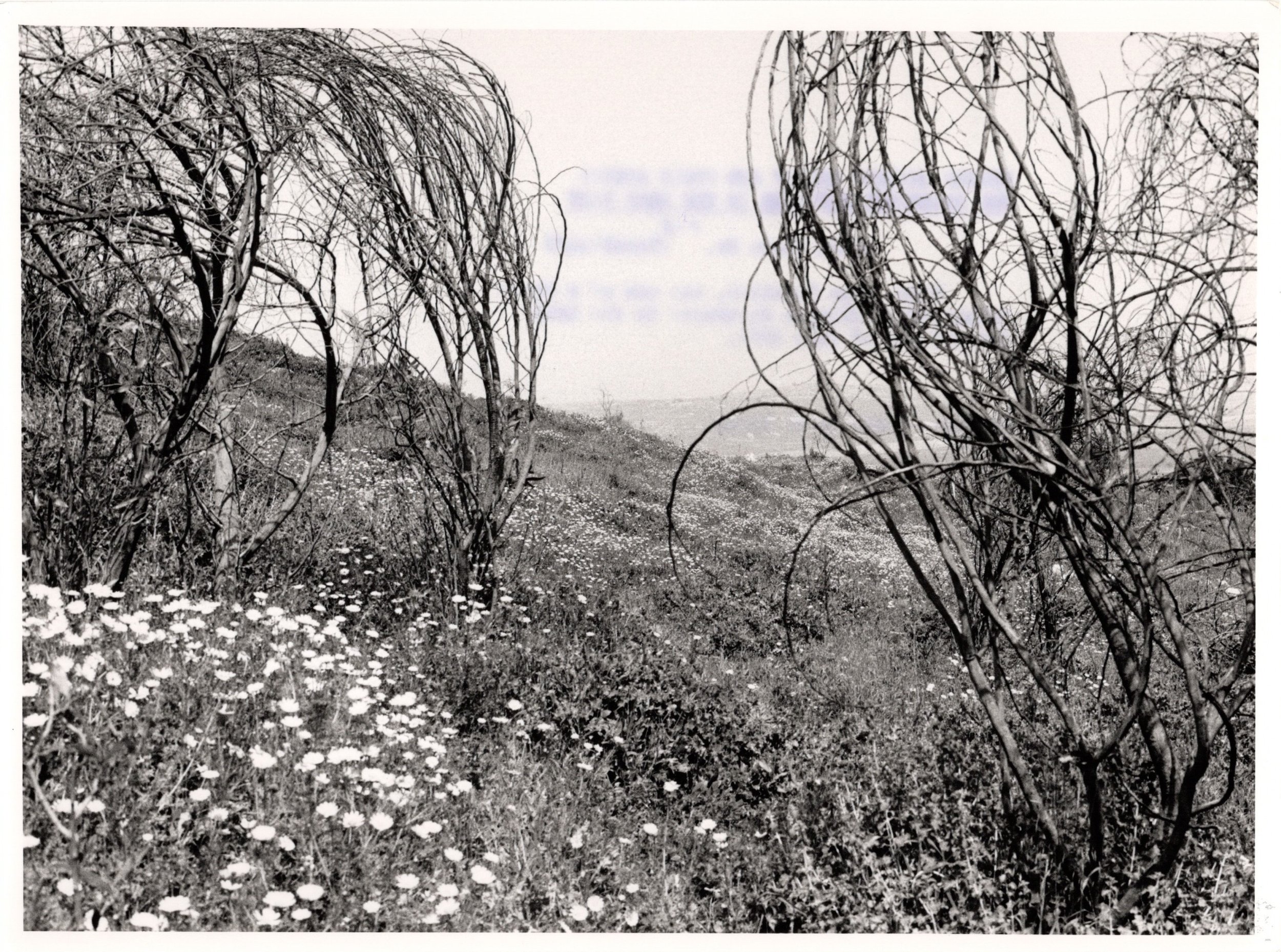
Travel with us through space and time.


